 The Big Idea 5-15 Minutes
The Big Idea 5-15 Minutes"What are we doing?" All projects and products are born out of an idea, chances are you have assembled a group of people that are like minded in helping you build something you already pitched to them. Let's get everyone on the same page and announce to them all what the intention of our build is going to be. "I want to build a product that does _____".
 Validate 5-15 Minutes
Validate 5-15 Minutes"Is this a project or a product?" While all projects and products start with an idea, products actually have to be valuable to some identifiable market. If you want to build a product, you owe it to yourselves to find your value proposition.
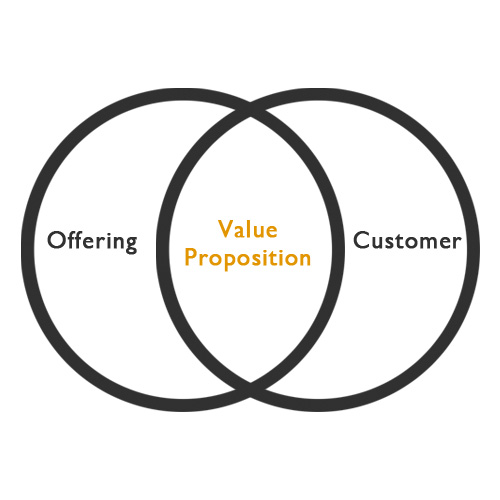
If you want to get deeper into your business planning after your Pinch session, here are some great resources:
 MVP Statement 5-15 Minutes
MVP Statement 5-15 Minutes"What's the least we can do?" Now that there is clarity about what we are building and who we are building it for, it's time to identify the Minimum Viable Product. For Pinch, your MVP statement needs to be a short walkthrough of your product from a client perspective.
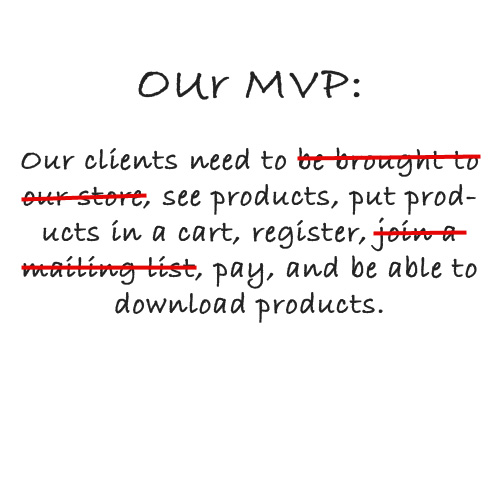
 MVP Breakdown up to 1 Hour
MVP Breakdown up to 1 Hour"What's the least we can build?" That fancy MVP statement we just made needs to be broken down into workstreams. The best way we have found to do this in physical space is using what we have affectionately named the "Gravity Board".
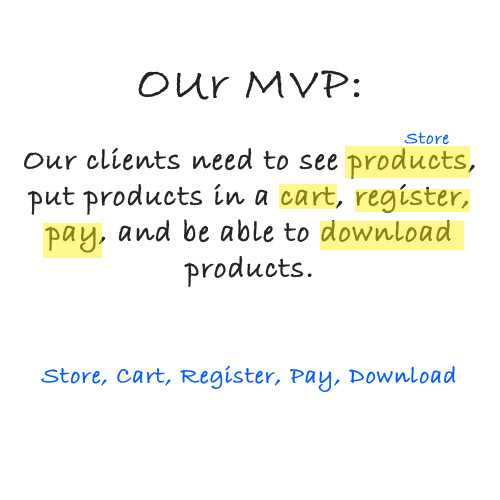
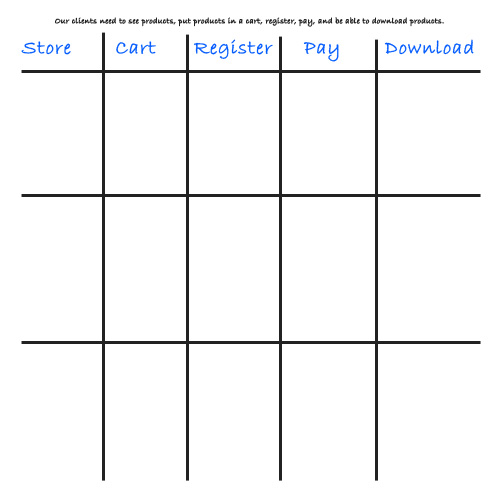
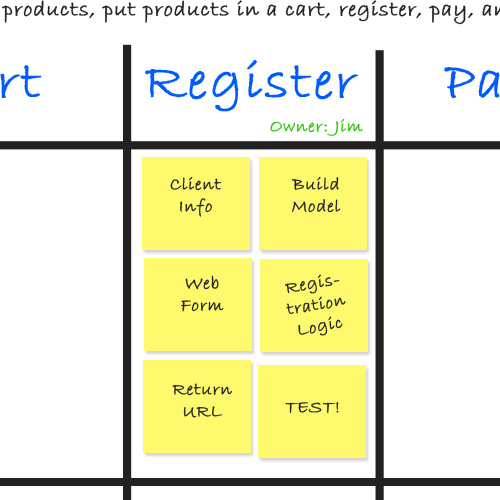
Is this Gravity Board just a Kanban Board turned on its side?Pretty much, yeah.
Why?Pinch teams tend to work in the physical space with walls or whiteboards, which are more spacious horizontally. Since Pinch makes us breakdown our MVP, we can end up with several workstreams that invade vertical space. Pinch only has three rows (ready, build, done), horizontal space makes sense.
Why not use a digital Kanban Board? Spinning up something connected to a database gives a sense of permanence that Pinch doesn't mix with. When your Pinch session is over, you throw Pinch away. Also, planning in Pinch is very involved with all team members. Conversations happen, people are making many tasks at once, it's a blitz. Some of that would be lost when huddling around a single laptop trying to plan.
Will we ever see a digital Gravity Board?If Pinch catches on, it's inevitable. If we can dream of a good way to do it, we might even take a stab at it. Using Pinch to build a Gravity Board that ultimately benefits Pinch is the kind of meta we can get behind.
 Technology and Tools 5-15 Minutes
Technology and Tools 5-15 Minutes"How are we doing this?" Everything is shaping up with the plan, now we need to look at what we are building and make the best decisions possible about the technology and tools we will use based off of what's available to us, the teams experience with popular tools/languages, and what's best for our product.
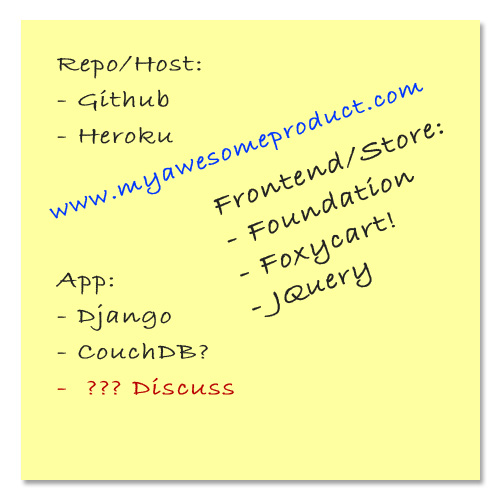
At this point, you should have a Goal, Workstreams, Tasks, Tools, and Team ready to go!
 MVP Burndown Until the clock runs out, or you're done.
MVP Burndown Until the clock runs out, or you're done."Maintain transparency, value communication." Now comes the hard part, delivering working product on a tight timeline. There are going to be complications along the way, trust in each other and communicate quickly to resolve them. We're aiming for functional and valuable, not refined and polished.
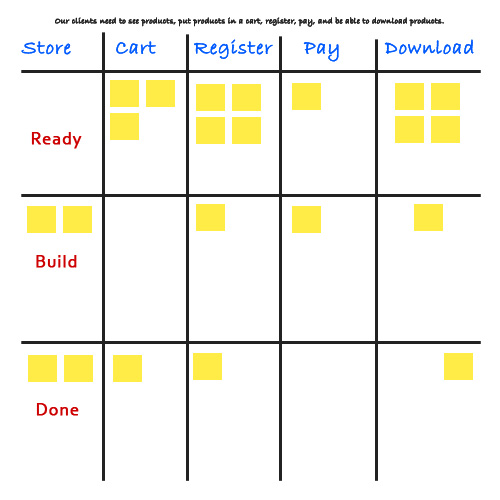
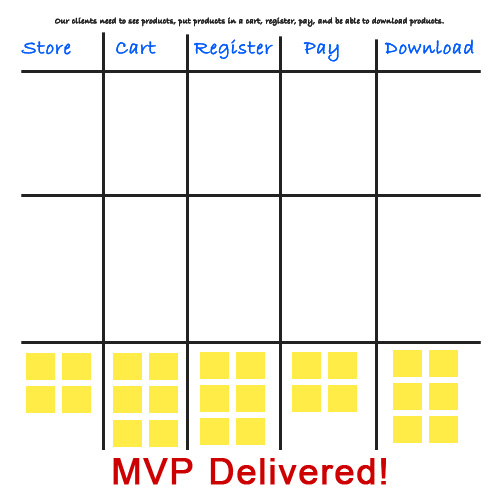
 Deliver It's Alive!
Deliver It's Alive!"Welcome to Parenthood!" As your effort winds down, we hope your team got what it wanted.
There's more to see under the hood of the Pinch Framework you just planned and built with. Would you like to learn more?
Thank you for giving Pinch a try, we hope it was valuable to you!
The Pinch mindset is a mix of core Agile values, augmented with a few new ones. While all of the values of Agile hold true in Pinch, not all of the principles make sense. Agile principles like iterative delivery, sustainable development, technical excellence, and meaningful retrospective all routinely get sacrificed in the rapid delivery workspace where Pinch thrives.
Let's look at the new values Pinch offers in return. Like Agile, we value all of these things, but we value the things on the left more.
Pinch is going to gravitate towards the entrepreneurial space, commitment really isn't the issue when you bring a bunch of motivated artisan/entrepreneurs to the table. Passion has to exist. Everyone's going to be bought in and working hard to get something delivered, it's going to be more important to constrain their efforts for maximum results.
The execution of Pinch and your MVP is finite. There is maximum value to be gained from getting everyone to jump in and just start executing. There is no perfect here! When deciding between what is right for now and right for long term, always choose the prior. Everything except the MVP in your hands at the end of your Pinch is 100% disposable.
With hard work and a little luck, your MVP will be something worth going to market with. When that happens, you owe it to your product to adopt a more sustainable, iterative methodology than what Pinch will give you. Pinch is not for long term growth of your project.
Pinch thrives in the experimental space. We're going to need some permission to fail, so long as we agree that we fail fast. Pinch offers us a framework and we do our best, but things sometimes go south anyways. When it does, get your team together, address it, refactor, and move on.
Working and talking together is part of any healthy team, beyond that is the ability to build together. In the entrepreneurial space, you're probably getting to be choosy about who you work with, so challenge everyone to redefine their standards of a high-performing team. Pairing, swarming, doing whatever is necessary so that each workstream is delivered and functional is an extension of collaboration that Pinch demands. The cross-functionality of your team is only limited by your motivations to be exactly that.
Great ideas are the start of all great products, great promotion not so much. So long as you know you have a market to serve, focus on the build. Marketing can be a part of your Pinch, but not at the sacrifice to the goal: working product.
The mindset and framework of Pinch combine to provide a "Pinch of Agile", in an arena that Agile has not championed yet: micro-production.







The framework outlined in the Plan and Build sections help teams to execute within the non-iterative, condensed timeframe that Pinch environments demand.
A short list of "bang for your buck" tools to build with. If you know of more, let us know!
Pinch's roots go back to the start of 2013, when Brendan Wovchko came to me with an idea to build some process around rapid building new products. Having recently attended several hack events and start-up weekends, Brendan was looking to introduce some organization and agility to the world of rapid development. I was intrigued when he told me of the troubles that artisan-entrepreneurs have when coming together to build something quickly.
Having come from a development background, I asked myself what I would do if I went to a startup weekend or other condensed project building space without any guidance. I envisioned myself hearing a pitch, getting with a team and just starting to work as fast as I could. It would be natural to set aside all of the hard learned lessons of project leadership over the years and just death march. This is what these otherwise responsible builders have been doing when coming together to build their own products for their own benefits.
With that in mind, I committed to working with Brendan to build a framework that would help them plan just enough that they understood what success looked like and have enough transparency to measure that success. In Brendan's words "It's like we need a pinch of Agile" . With that, we knew what to call it.
I worked over the early part of the year to establish some minimal techniques and exercises, as well as comparing my findings and assumptions against the Agile Manifesto. I found that there was much, but not perfect alignment. Upon review, Brendan and I agreed to adopt some new values to set teams up in the right mindset.
With all of this work and theory in motion, we grew eager to share. With that, we pondered "How do we actually try Pinch?". We knew we needed a team willing to build something for themselves, but entrusting us to help lead them. Those opportunities don't come often, so we targeted the next building event: Hack Nashville 3.
During the intro ceremonies, Brendan introduced me around to a few of the builders in the community. An idea was pitched and a few of them took notice of it. I asked to be a part of it and offered some leadership experience (as well as some UI help). We recruited from around the room and found our team. This would become the Precru.it team, and their story is shared here.
The early iteration of Pinch with the Precru.it team was an absolute success. Feedback was excellent and we were both thanked for the help and organization. We had some adjustments to make, but the results of the build and delivering the MVP successfully was such a great win for us and Pinch.
While we had some proof, we wanted to refine and retest before scaling Pinch out irresponsibly. Brendan contributed greatly in the coming months by getting artisan-entrepreneurs lined up for a second experiment for us. I spent much of my free time over the summer documenting and refining so that we could scale Pinch out a bit more.
With revision in the rear view, October 2013 brought Hack Nashville 4 and new team members to us. I was so excited to get back in and implement Pinch that I didn't even care what the product pitch was. Builders swarmed around Brendan and the ideas started to flow. I helped organize people around the work they were interested in and set up teams. There was much interest from the builders in organizing before they built. If I could do HN4 over again, I would have been more prepared to help them all.
Knowing I couldn't run Pinch on three teams at once, I constrained myself to helping a team that was building a product interesting to me professionally: Review. The Review Team's story is shared here.
While I feel we didn't initially cut enough scope before building, Pinch was again a success in delivering valuable product for the Review team. Feedback was excellent and we were again thanked for our leadership contributions.
With months of collaboration and validated results behind us, Brendan and I agreed it was time to share Pinch with the community. We are actively seeking opportunities with Pinch Teams to help new products and new companies evolve. The story of Pinch continues, share your experience?
"Precru.it" is a web application that allows recruiters to monitor public facing Linkedin activities of leads they are interested in passively following. Should status updates that signal opportunity occur, the recruiter could then reach out and introduce themselves at that moment. Precru.it is all about reducing unwanted recruiter interactions until such a time that job transition signals are out there. We get recruiters to the right people at the right time.
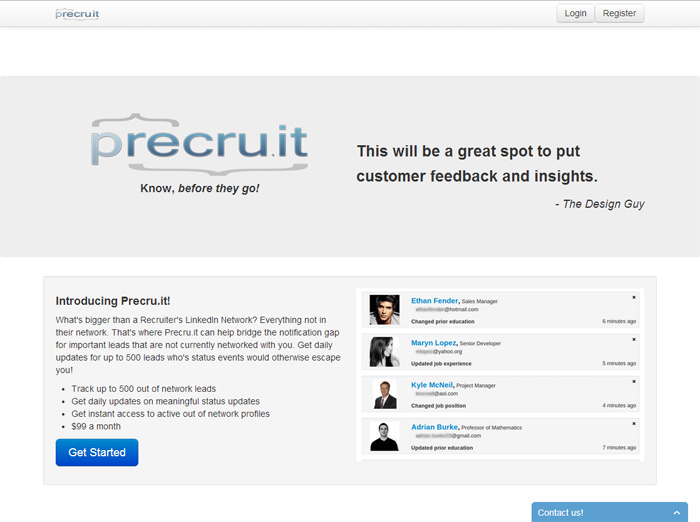
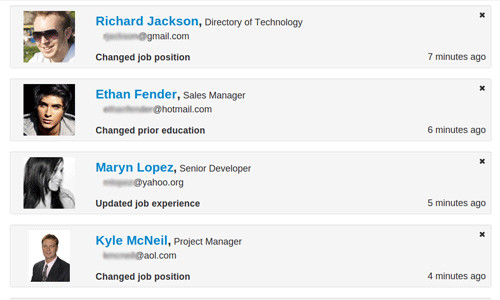
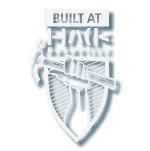 The Result: MVP Complete
The Result: MVP CompleteWith only two days to build, we asked the team to join us for a quick planning session. We ran through an early iteration of the Pinch planning process in about an hour and a half then retired for the evening. During the next two days, we burnt the entirety of our Gravity Board down. The Linkedin API was finished about an hour before the end of the event, and the entire team tested the product end to end.
Precru.it was demonstrated live, end to end at Hack Nashville 3. The MVP demonstration consisted of: customer registration, (demo) payment, application access, adding linkedin profiles to the application, and receiving real time updates for linkedin members you are tracking outside of your network served via the linkedin API.
Precru.it has remained in a quiet beta state since Hack Nashville 3. It was discovered during the build that API restrictions would hinder the scalability of the product, threatening the business model. The founders have not announced intention to pick the product back up at a later date.
Precru.it Team / Founders:
Kyle Williams ·
Jesse Gray ·
Sam Pepose ·
Brendan Wovchko ·
Cory Hughes ·
Dustin Pate ·
Abe Music ·
Karlkim Suwanmongkol ·
Mykas Degesys
"Review" is product demonstration software delivered via Google hangout that allows product teams to demonstrate their products or projects in a fully facilitated environment. Features to control who is presenting, channeling audience feedback,and capturing everything from release notes to user input are being implemented now. Users will also be able to contextually review their entire demo and feedback via private youtube.
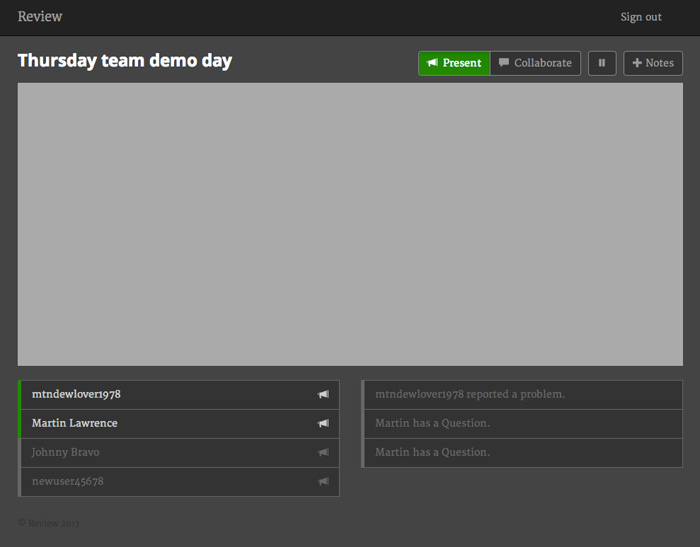
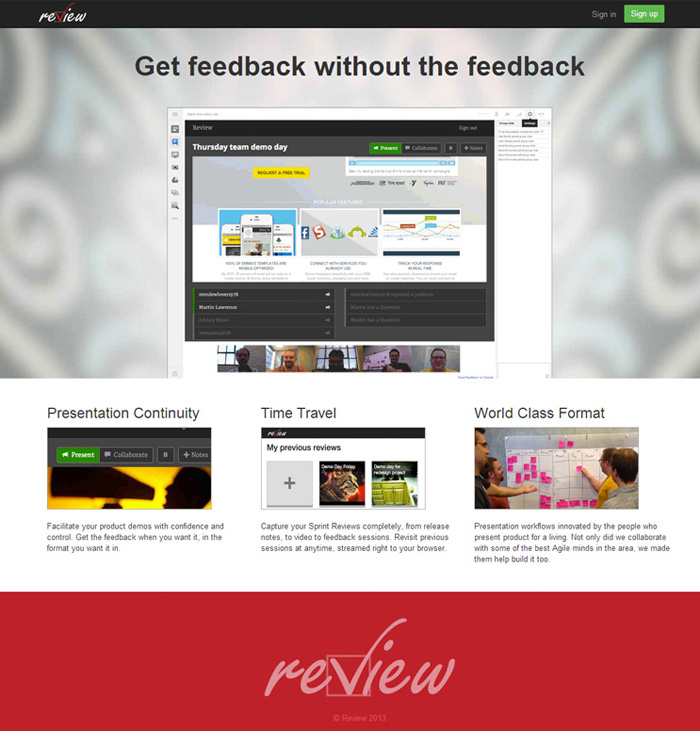
 The Result: MVP Complete (after scope cut)
The Result: MVP Complete (after scope cut)The timebox of hack day is a beautiful thing. We had an ambitious project on a tight two day deadline. With a brand new Pinch team who had all of five minutes to hear the product idea, it was time to plan. We took the team through the refined Pinch planning process and rapidly burnt down feature sets over the next day.
Day two was a bit more challenging. Things were running behind with some of the post review features, and we ended up a few team members short due to other obligations. We knew we had to drop some work, fast. We reacted quickly and re-challenged the MVP. Everyone agreed that delivering the project without the packaging and hosting features would still prove valuable to facilitators, yet we would want to add them prior to a real world market launch. With scope intentionally cut by committee, all remaining features delivered strong.
Review was demonstrated live at Hack Nashville 4. The MVP demonstration consisted of: accessing a marketing site, sign-up, (demo) payment, authorizing your Google+ account, spawning Hangout(s), loading the Review software into the Hangout, using the Facilitation controls, using the Attendee controls, and speaking to how to use everything to Facilitate product reviews in a great new way.
The Review founders have communicated their intentions to polish up the product and deliver the cut features for a stronger market entry. Launch date TBD.
Review Team / Founders:
Luke Stokes ·
Steve Brownlee ·
Jesse Gray ·
Cale Mooth ·
Jared Bunting ·
Brendan Wovchko ·
Charles Penner
By the end of the day Sunday, we had a product that was not only functional, but that we were proud and excited to show off to our coworkers. I don't see how we could have built the product without the structure (Pinch) provided. In fact, I hope to borrow this process and apply it at an internal hackathon that my company is holding later this month.
- Jared Bunting
Pinch extracts more value from the planning process than any other methodology I've seen. Experiencing it at a local hackathon blew my mind. I immediately started thinking how to implement aspects of it into my own company. It helps those who build things know what they are building and why with a clear process for calling something done.
- Luke Stokes
This is really slick. Nice work...
- Marcus Whitney
The phrase that resonates with me the most is "artisan-entrepreneurs..."
- Brian Akers
Pinch is an Agile framework that helped us deliver. (It gave our team a HUGE advantage at Hack Nashville. ) http://t.co/q7miQKqLQC
— Cale Mooth (@CaleM) November 12, 2013
Introducing Pinch, the mindset and framework for compact start-ups, proof of concept, and prototyping. | http://t.co/fJCtzFBW2g
— Steve Brownlee (@nashvillecoder) November 12, 2013
@HackATL Heading down from Nashville for #HackATL! Will whiteboards be available? We want to bring Pinch along: http://t.co/56pBApeYDX
— Jesse Gray (@ScrumMasterJ) November 14, 2013
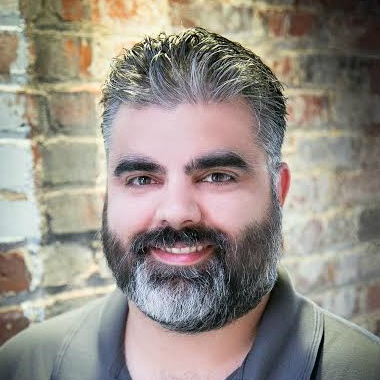
Scrum Coach at HUGE I/O
Jesse Gray leads product teams through empowerment and service. Armed with an Agile mind and a little bravery, he is able to serve teams as an effective Scrum Coach and Scrum Master.
Gray succeeds at being an agent of positive change within the organizations he serves. Impeded and distracted builders quickly transform into high performing teams under his mentorship and bulwark. He is quick to implement healthy ways for the business and the builders to coexist and hold each other accountable, all while quality product flows out the door.
In his time leading technology teams, Gray has delivered strongly with startups, established businesses, and government agencies including: Emma Inc., Avon, Maritz, L-1 Identity Solutions / MorphoTrust USA, TSA, FBI, and several State Agencies.
Gray organizes and empowers the high performing teams that in turn deliver high performing products.
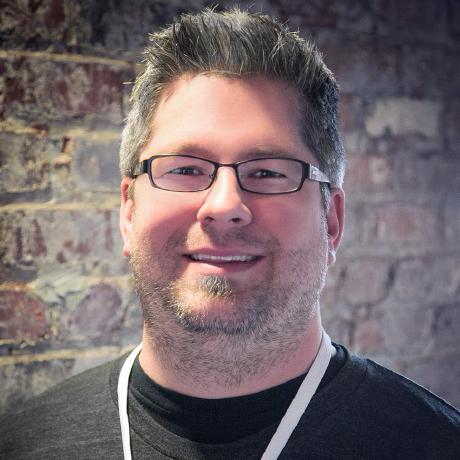
Managing Director of HUGE I/O
As founding CTO of two acquired start-ups at the intersection of entertainment and technology, Wovchko is an accomplished product development executive specializing in the radical transformation of software development teams. He has been recognized by Entrepreneur Magazine as a "social networking expert".
In addition to his own ventures he has advised start-ups in technical product development including Avon, Maritz, Huffington Post, Thrillist, Big Machine Records, Emma, HealthTeacher, and Anschutz Film Group. He is a mentor to JumpStart Foundry, a seed-stage microfund, managed by a group of 20 individuals with extensive experience as entrepreneurs, software developers, or early-stage investors.
Wovchko serves as Managing Director of HUGE I/O, a firm specializing in embedding Virtual CTO's within organizations seeking to implement an Agile/Lean operational methodology.
Known for his Agile/Lean management style, Wovchko supports some of Nashville's best-known firms as a Virtual CTO.